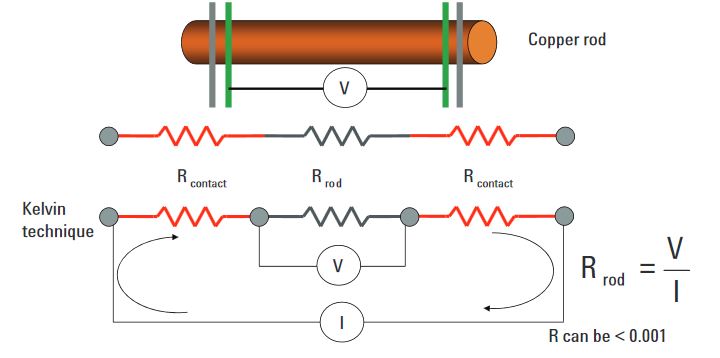CAKE Notes for March 9, 2019
CAKE Notes for March 9 2019
The heavy rain did not deter Peter K6UNO or Glen KG0T from joining Ron W6WO at The Abbey.
We discussed the way methods for designing and fabricating Printed Circuit Boards have evolved from crude techniques involving tape and chemicals . Peter spoke highly of KICAD 5.0.2 which is open source software that automates component placement, routing and ordering of components. There are several choices for board fabrication PCB Express being just one of many. Expert help is an advantage to becoming familiar with such powerful software, Peter has found folk at APCircuits very helpful.
We discussed how to handle Surface Mounted Devices (tip: order a few extra as they tend to take wings). Soldering them to a PCB is not as onerous as may be thought. It was generally agreed that working in a good light was important as was using a very fine tip to a temperature controlled iron. A wooden toothpick is popular for holding a component in place. Ron believes that it is of utmost importance to have surfaces clean and preferably those that have been “tinned” in advance. Using a microscope seems to be a personal preference . Even now the simple use of VeroBoard and Dremmel tools is expedient.
Problem solving has also evolved over time and Glen recalls the days of using a “bed of nails” to access test points. Finding problems in software without detailed documentation has probably become more difficult over time. In contrast fixing the loss of network access was simply a matter of locating an obscure on-off switch.
Ron has progressed in gaining knowledge of his Vector Network Analyzer and showed some results from making measurements of capacitors. For those with a VNA here is a simple exercise. After instrument calibration make reflection-mode measurements of resistance and the reactances inherent to your Open-Source-Load standards. My standards are home-brew, so it would be helpful to compare results. Glen asked how can measurements avoid errors due to the resistance incurred by test probes making contact with the device under test. The solution comes from using a technique invented by Lord Kelvin in the 1800s known as the Kelvin 4-point method. This is possible using a two port VNA to measure S21 parameters. Ron will post an image of the technique to Short Skip and provide measurement data in due course.

On March 6th George Badger W3AB and Ron attended a full day seminar on RF measurements put on by Keysight technologies in Santa Clara, analog and digital topics were presented . Rosenfell detection was mentioned in the context of noise reduction. I note this topic is mentioned in a recent software update for the Anan SDR radio, it (Warren ts) finding out more.about it. Both George and Ron have reasons to make a follow up visit to Keysight. Incidentally the ride in George’s Tesla model 3 was quite intriguing. Imagine driving over the hill in rush hour without having to manually apply the brake.
That’s all for now BCNU March 23 , assume at the Abbey unless other arrangements are selected.
Following the advice of Bob Marley I wish you Positive Vibrations Ron W6WO